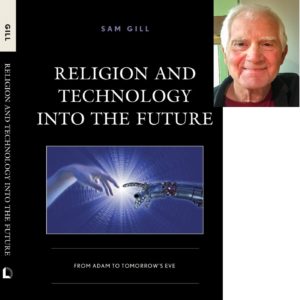Fantasy works and climate change – “Fire and Snow” (SUNY Press, 2018) – Marc DiPaolo interview
Podcast: Play in new window | Download
Subscribe: Apple Podcasts | RSS

Dr. Marc DiPaolo is an English literature academic who likes to write on pop culture. We discuss his latest book deals with climate fiction as found in sci-fi and fantasy books and video entertainment.
1:26 – Marc talks about how he got into studying genre pop culture. He got into Game of Thrones and Narnia audibooks and noted how much they get into climate and environmental issues.
3:46 – Marc talks about how these environmental themes were connected between works and authors. He looked at Philip Pullman, Octavia Butler, GRR Martin, CS Lewis and others. He also considered the Inklings, Dr. Who, Mad Max and so on. He also gets into Star Trek and Star Wars.
6:55 – He didn’t want to just do books or popular culture. He wanted to bring everything together.
11:50 – Marc talks about the inclusion of religion in this climate fiction.
15:56 – Marc talks about he did his research.
For more of “The Art and Design of Sci-Fi and Fantasy, Mystery and Horror” please follow me on Facebook at crisalvarezwlc, on youtube at Cris Alvarez and on Instagram @crisalvarezscifi
Guests: Marc DiPaolo
Host: Cris Alvarez
Tags: science fiction, fantasy, Game of Thrones, Narnia, Tolkien, Lewis, Mad Max, Octavia Butler, environmentalism, Dr. Who, Star Trek, Star Wars

